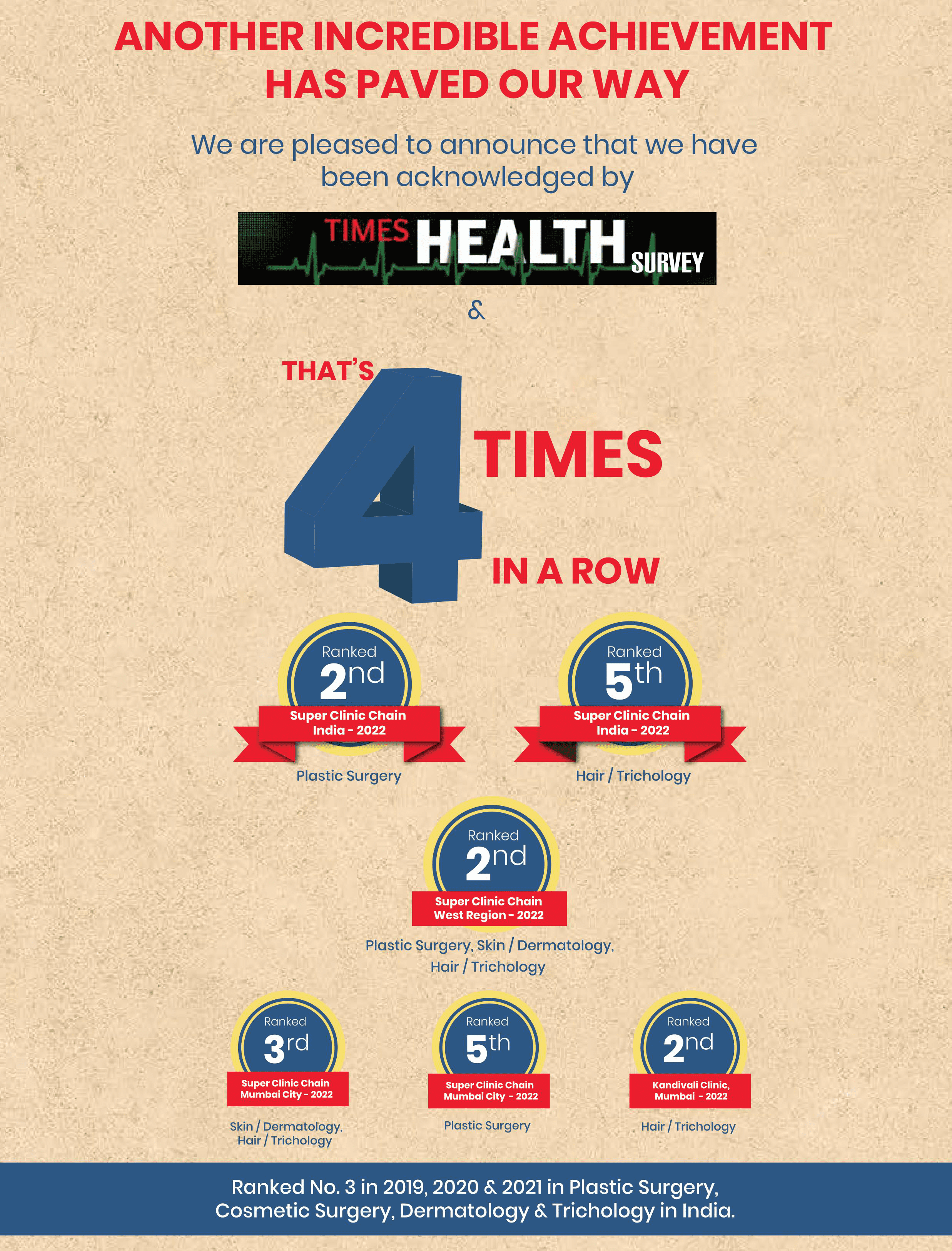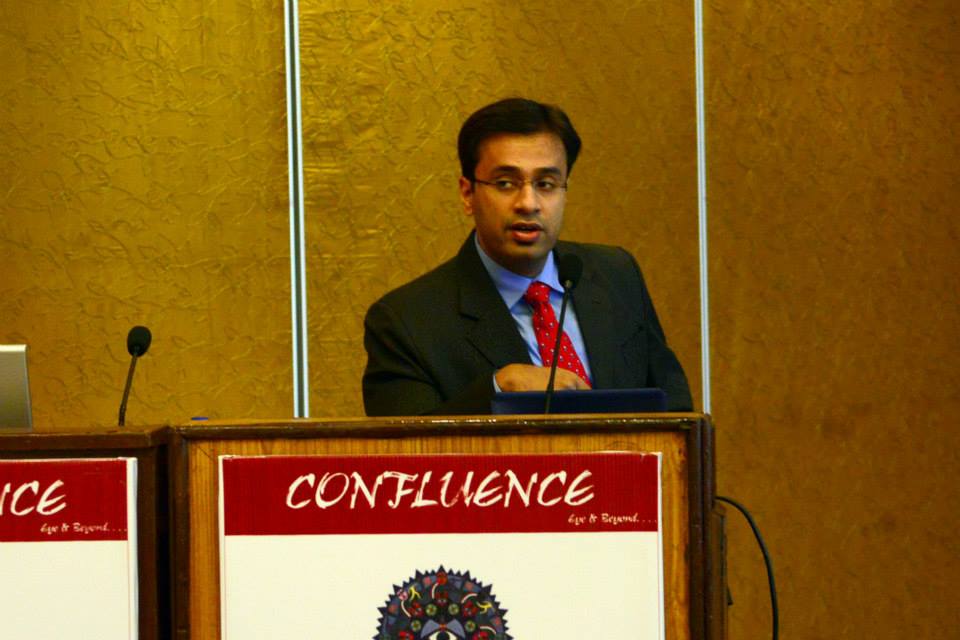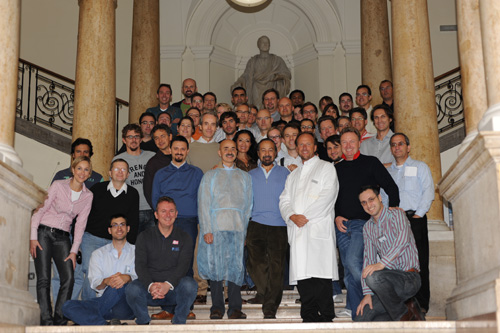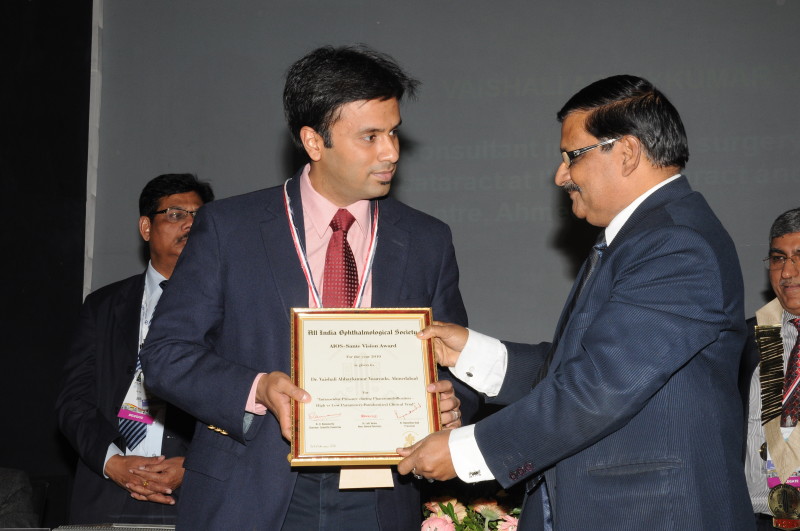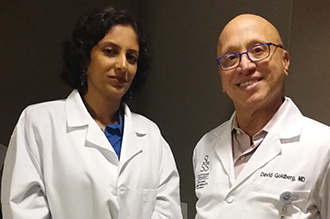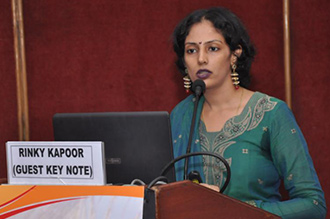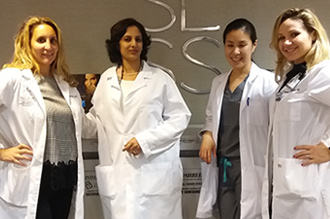A cleft is basically a gap or slit carve in or on an element. Concerning clefts of soft palate; we refer to a gap or slit appearing on one or both side(s) of the roof of the mouth. Precisely stating, it is the tissues and muscles of the palate at the back of the mouth that are normally affected. This disorder is known to be a developmental defect, and it happens as the tissues of the baby’s mouth and face fail to fully fuse – as would have been expected under normal (developmental) circumstances. It has been linked to specific genetic and environmental alterations. Based on the genetic causative agent; either of the parents can transmit the cleft-inducing genes to a baby. This defect usually results in some functional issues in babies, and it is for this reason parents normally seek to have corrective surgeries. The rate of the occurrence of clefts of soft palate is higher in females than males.
Besides the most noticeable sign of the slit visible at the affected site, other symptoms that are shown by children with this defect include:
Myriads of factors that could put a baby at risk of developing clefts of soft palate; some of these include:
The complications that accompany clefts of soft palate are evidenced by the signs and symptoms of the defect. As such, we can have complications such as:
The need is to have any advanced diagnostic device for clefts of soft palate after the birth of the child – since the defect can be easily identified. But then, it may be necessary to run some other tests and/or examinations to see if the clefts are a result of (other) underlying medical conditions. Having said that prenatal ultrasound has been found to be useful in detecting clefts of soft palate in babies [while they are still in the womb]. Being equipped with such information, provided in ultrasound scan, will help the parents to be better prepared in handling the situation.
After you must have decided – probably based on the expert advice of a doctor – to let your child go under the knife to have the defect corrected, the next port of call will be to visit a surgeon. This surgeon will evaluate your baby’s condition to take note of certain salient points that would contribute to the success of the procedure.
Once a date is fixed for the surgery, the surgeon will likely furnish you with some instructions to help you prepare your baby for the procedure. In light of a cleft repair surgery; aspirin or any blood-thinning medication should not be taken 2 weeks before the surgery. Again, the child should not be given breastmilk or (baby) formula 4 – 6 hours before surgery – though water can be taken 2 hours before the surgery. As a matter of emphasis, cleft of soft palate repair surgery can only be performed after a baby clocks 1 year of age.
Now into the operating room; the surgeon will first get an anaesthesiologist to administer general anaesthesia to your baby – this would make him/her fall into a deep sleep. A special tube is placed in each of the baby’s eardrums for purpose of fluid drainage as the surgery is being done. The surgeon then uses a device to keep your baby’s mouth open before making incisions that run through the length of the soft palate, and in line with the cleft that had so formed. He/she will then stretch the tissue layer that is attached to the hard palate’s bone. Moving on, the surgeon makes incisions on the gums in order to direct the palate’s tissue layer towards the mid area of the mouth’s roof. All incisions – except the ones on the gums – will then be closed up with dissolvable stitches. The incisions that were not closed will be healed in about 3 weeks. The stitching is methodically done in such a manner that ensures that the soft palate muscles are well-positioned.
The completion of the clefts of soft palate repair surgery should not be considered as the final step of treatment as the baby will have to be subjected to different examinations to evaluate his/her state. One of such supplementary interventions is the surgery to correct speech impairment which can only be done when your baby reaches the age of 5 years [and above]. Dental prosthetics may also be used as a form of speech therapy. Bone graft is recommended in the scenario where hollow exist in the upper gum line of the baby, but this can only be done when he/she is within the age bracket of 6 – 10 years old. Orthodontic care, which involves the use of braces and/or other devices, should also be provided to children with clefts of soft palate. This helps to strengthen their teeth and even preserves the integrity of their dentition. Moreover, it is yet of immeasurable significance considering the expansion of the child’s upper jawbone that occurs around 6 – 7 years of age.
From the foregoing, it is apparent that correction of clefts of soft palate involves a sequence of interventions if one is to achieve the best outcome. On top of that, you will also have to closely monitor your child to note any form of changes that might require swift attention.
Cleft palate repair needs to be done with great care, with the appropriate resources and professionals available. These are elements we guarantee our numerous clients at The Esthetic Clinics where Dr. Debraj Shome and other highly respected surgeons are waiting to provide you and your child nothing but excellent services. More so, while most of the attention will be focused on ensuring the closure of the gap running through your ward’s soft palate – your concerns are very well understood – we go the extra mile in seeing to it that considerable aesthetic touch is given. The treatment of clefts of soft palate in India is a luxury your child can afford to have with The Esthetic Clinics.
Correcting clefts of soft palate is not a one-off event – there are a whole lot of steps that may be included. Given this, there are some of the factors that may determine the price you will be eventually for your child’s treatment:
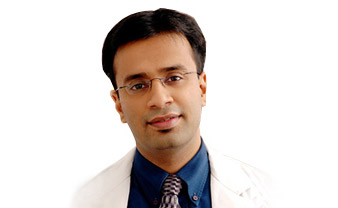

Dr. Debraj Shome is Director and Co founder of The Esthetic Clinics. He has been rated amongst the top surgeons in India by multiple agencies. The Esthetic Clinics patients include many international and national celebrities who prefer to opt for facial cosmetic surgery and facial plastic surgery in Mumbai because The Esthetic Clinics has its headquarters there.
